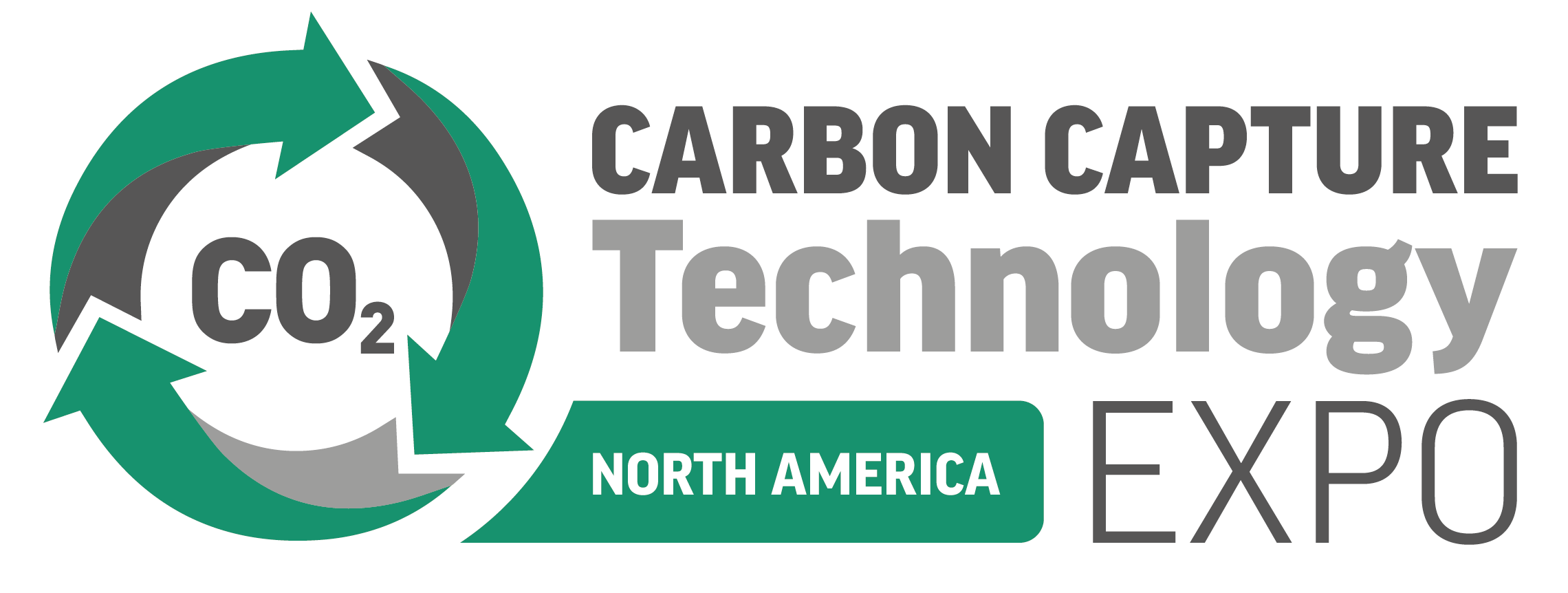Petrofac begins a feasibility study on cement plants which are part of Aggregate Industries UK
)
Petrofac has begun a study on the Cauldron cement plant, which will focus on finding opportunities for capturing carbon dioxide. This study will be done through conducting a feasibility and technology selection.
This feasibility study is currently very necessary, as at the moment, the facility currently emits more than 600,000 tons of carbon dioxide every year. This Co2 is emitted during the plant’s operations, through actions such as burning tyre chips, liquid solvent, solid recovered fuel (SRF), processed sewage pellets (PSP) and coal for fuel. This study will significantly help Aggregate to reach its aim of decarbonising fully by 2030.
Once the study has been completed, the carbon which Petrofac have agreed can be stored permanently in another location, will begin the transportation, to a location where they can enter geological storage. This will be done as part of the UK’s PEAK CLUSTER development. The aim for this cluster is to cut over three million tons of carbon dioxide emissions from areas such as cement, lime and energy-from-waste plants within the Peak District, by 2030. The carbon captured from here for storage will be transported via underground pipelines to permanent storage locations which are located under the seabed within the easter Irish Sea.
Head of Business Development, Energy Transition Projects, Petrofac, Alex Haynes, commented, "We’re looking forward to working with Aggregate Industries UK in finding a way to reduce the carbon footprint of its cement products. Cement manufacturing is a major source of global CO2 emissions, accounting for approximately 7% of emissions annually - implementing ways to abate them will be central to achieving net zero goals."



)
)
)
)
)
)
)



)
)
)
)
)
)
)
)
)
)
)
)
)
)
)
)
)
)
)
)
)
)

)

)
)
)

)
)
)
)
)
)
)
)
)
)
)

)

)
)
)
)
)
)
)
)
)
)


)
)
)

)
)
)

)
)
)
)
)

